- Make It Yourself Lavender Heart-Shaped Bath Bombs!
- 20 Things You Never Knew About “Down There”
- 12 Best Foods For Those Suffering From Arthritis Pain
- 12 Personal Hygiene Mistakes Almost Everyone Makes (Mom Never Told You About #4!)
- 15 Medicinal Plants And Herbs From The Cherokee People
- 12 Mind-Blowing Benefits Of Drinking Coconut Water During Pregnancy
- 12 Outstanding Winter Foods That Won’t Fatten You Up Like A Christmas Turkey
10 Easy Ways to Perfect Posture
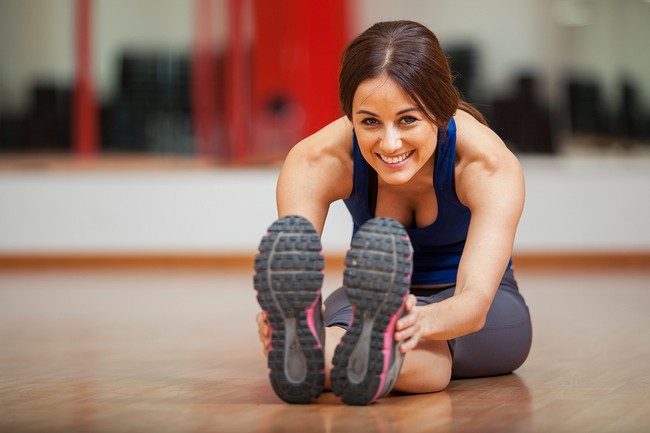
Photo credit: bigstock
Want to avoid the signs of aging without Botox, facelifts, laser surgery, or any of those other type of invasive and unnatural means? Maintaining your posture will do more to help you keep that young look about you probably more than anything else you can do.
You might think that stooped over back is inherent to old age, much like grey hair, but that’s not the case. You can prevent that bent over back that is caused by osteoporosis and/or the devastation of your spine.
Here are the top 10 ways you can keep your picture perfect posture all your life.
1. Stretch
It seems as though many people today work sitting down, shoulders hunched over in front of a computer. The importance of stretching and opening up your range of motion cannot be overstated.
Don’t work at your computer for hours on end, get up and stretch, and/or go for a short walk every 30 minutes or so.

Photo credit: bigstock
2. Lift Weights
Building some endurance and strength to the spine is important. Strength in the spinal area is what allows you to stand up straight for long time periods without pain.
Lifting weights will help keep your bones strong and help you avoid that “dowager’s hump” in the upper back.
You can also do other weight bearing exercises such as stair climbing, and walking. You don’t have to look like Arnold Schwarzenegger to get benefits from lifting weights. There are many simple routines you can do that involve nothing more than a 3 to 5 pound weight.
Read about 5 vital exercises you should do.
3. Strengthen Core Muscles
Your core muscles are the ones located in your abdomen and pelvic area.
Doing yoga and/or Pilates are fantastic ways to build up and strengthen your core muscles. When these muscles are strong, they provide the foundation for the support of your spine and good posture.
Strong core muscles are beneficial in many other ways, such as preventing urinary incontinence, improving athletic performance, as well as improving your sex life.
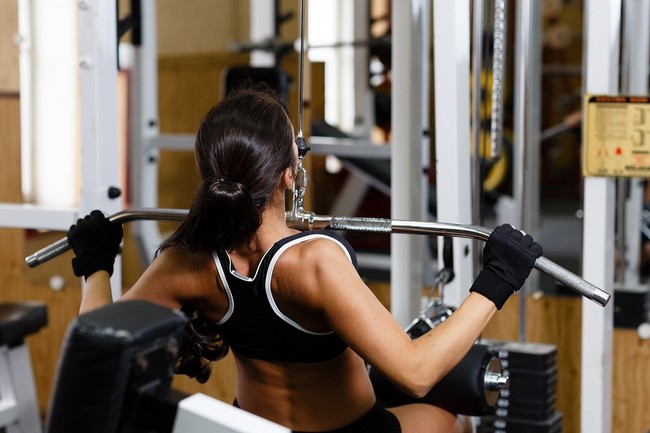
Photo credit: bigstock
4. Back Exercises
As we age, women have a more pronounced weakening of the muscles that support the spine than men do.
Doing exercises for the back, neck, and pelvic muscles are very important.
There are machines at most gyms that specialize in working these important areas.
Trainers can also help guide you, or you can always find video or book workouts that will help you learn easy exercises to keep those muscles strong and flexible.
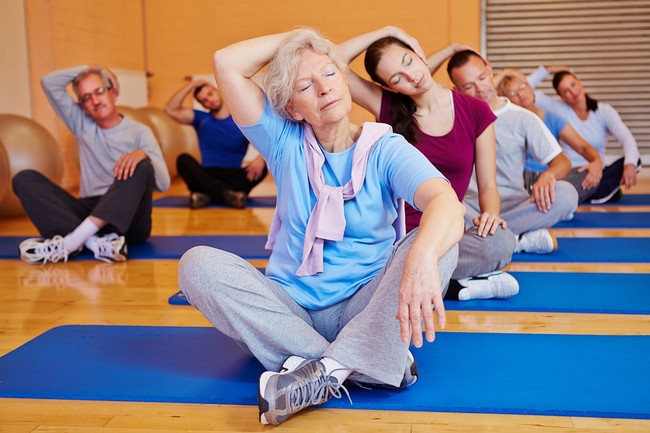
Photo credit: bigstock
5. Yoga
Besides keeping your core muscles strong, you need to remain flexible.
If you are a beginner, Hatha or restorative yoga are good places to start.
Find out best yoga poses for stress relief.
Find a yoga teacher that is sensitive to your abilities.
Yoga is an excellent way to maintain your flexibility as well as strengthen core muscles.
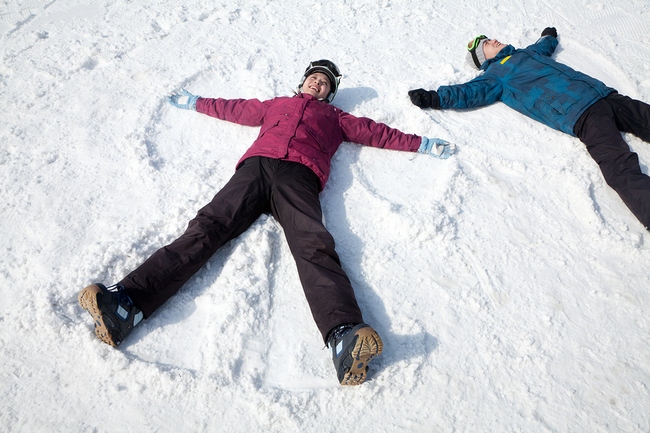
Photo credit: bigstock
6. Other Easy Exercises
Here is a great exercise that is easy to do; every morning and night, try lying on the floor and making “snow angels” for three minutes.
If you find that you can’t do three minutes worth, start with just one minute and work up to three minutes.
Once you find three minutes is easy, roll up a towel or use a pool noodle and put it on the floor underneath your spine. This will give your back more of a stretch and really work those muscles.
Do this exercise slowly. If you feel any pain, stop.

Photo credit: bigstock
7. Sit Up Straight
Yes, you heard you mother say this a million times, but you know what? She was right!
When you are working at your desk, sit up straight, and tall, with your shoulders dropped. It’s really just a matter of habit.
Most of us are used to sitting in a slouching position that when we sit up straight it feels strange. You can get used to it however. If you are doing yoga or Pilates, those exercises will give you the strength to sit up correctly.
Check to be sure your workstation is set to help you maintain the best posture you possibly can.
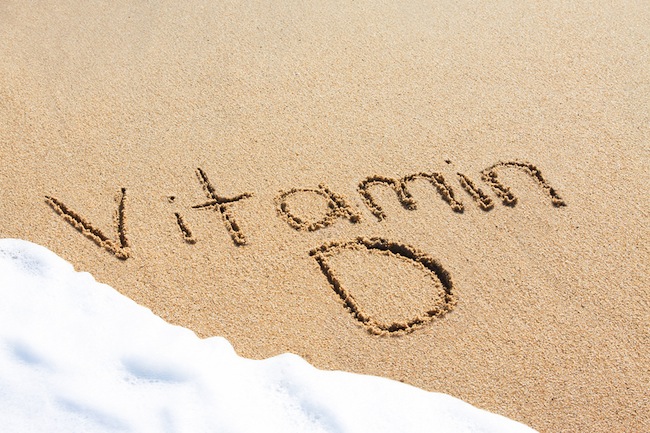
Photo credit: bigstock
8. Vitamin D
Everyone knows that calcium is important for bone health, however, did you know that vitamin D is essential for your bones to be able to use the calcium you put in your body?
It’s not only essential for your bones, but vitamin D is important for the health of your muscles, too.
See more what diseases are caused by lack of vitamin D.
It’s always best if you can get it from eating a healthy diet, however that can be difficult.
You can get vitamin D from about 20 minutes of sunlight every day. If you find that you can’t get sufficient amounts of vitamin D, you can take supplements.
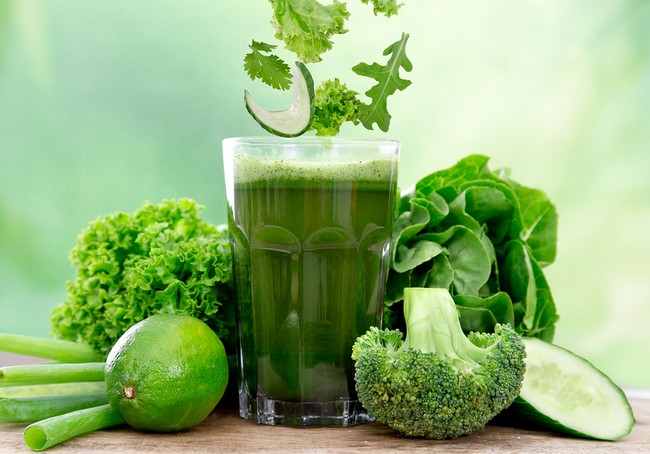
Photo credit: bigstock
9. Eat Healthy
You need to get sufficient amounts of both calcium and vitamin D to maintain your bone health. The absolute best way to get this is from a eating a good, healthy diet.
Women between 19 to 50 years of age need at least 1,000 mg of calcium every day, women over 50 should get 1,200 mgs.
It’s not that difficult to get sufficient calcium from eating a healthy diet and it’s a much better alternative to supplements, as studies show that those who take supplements have higher rates of kidney stones as well as heart attacks.

Photo credit: bigstock
10. Medication
If you find that you do have a problem with bone density or osteoporosis, then talk to your doctor about other activities that might be able to stop or even reverse bone loss, such as progressive resistance training, or light, weight bearing exercises along with supplements.
Your doctor might suggest medications such as Fosamax, Boniva, and Reclast, but these should be used as a last resort because, although the FDA lists them as safe to use, it’s a known fact that these drugs have side effects as well as increasing the risk of rare fractures.

































